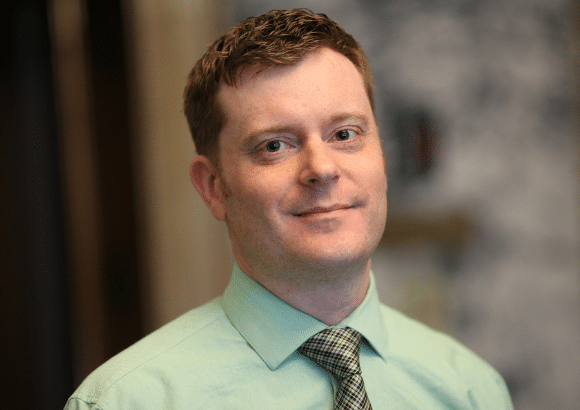As we noted earlier this week, the richest one percent of households claim more than 75 percent of all capital gains. While capital gains have always been highly concentrated among our nation’s richest few, they have become even more concentrated among wealthy families over the past two decades.
House Bill 2563, which would create a new 5 percent excise tax on high-end capital gains in Washington, would tap this highly concentrated economic resource in order to restore public investments in health care, education, and other public structures proven to foster job-creation and broadly-shared prosperity.
The graph below reveals that the share of capital gains flowing to the wealthiest Americans has grown over the past couple of decades.
The graph shows the changing value of the “concentration index” for capital gains from 1991 to 2007. The concentration index is a tool used by economists to measure how broadly or narrowly economic resources are shared among families of different income levels. The index ranges from a value of -1 to +1. The maximum value of +1 would mean that all capital gains flow to the single richest family in the country. A value of 0 would mean that the resource is equally shared across all income groups, and a value of -1 would mean that the poorest single family claims all of the resources.
Since 1991, capital gains grew steadily more concentrated among wealthy families, reaching a peak value of 0.955 in 2003. Though the concentration declined modestly after 2003, capital gains remained significantly more concentrated in 2007 than they were in 1979, according to the nonpartisan Congressional Budget Office.
The bottom line is that the vast majority of capital gains accrue to a small number of very wealthy households — and their share has been growing over the past several decades. The modest capital gains tax proposed in HB 2563 would utilize a highly concentrated resource to spur broadly shared job creation and economic prosperity.
For more information read our policy brief “A Capital Reform: Using Capital Gains to Fuel Job Creation and Economic Prosperity in Washington state.”

